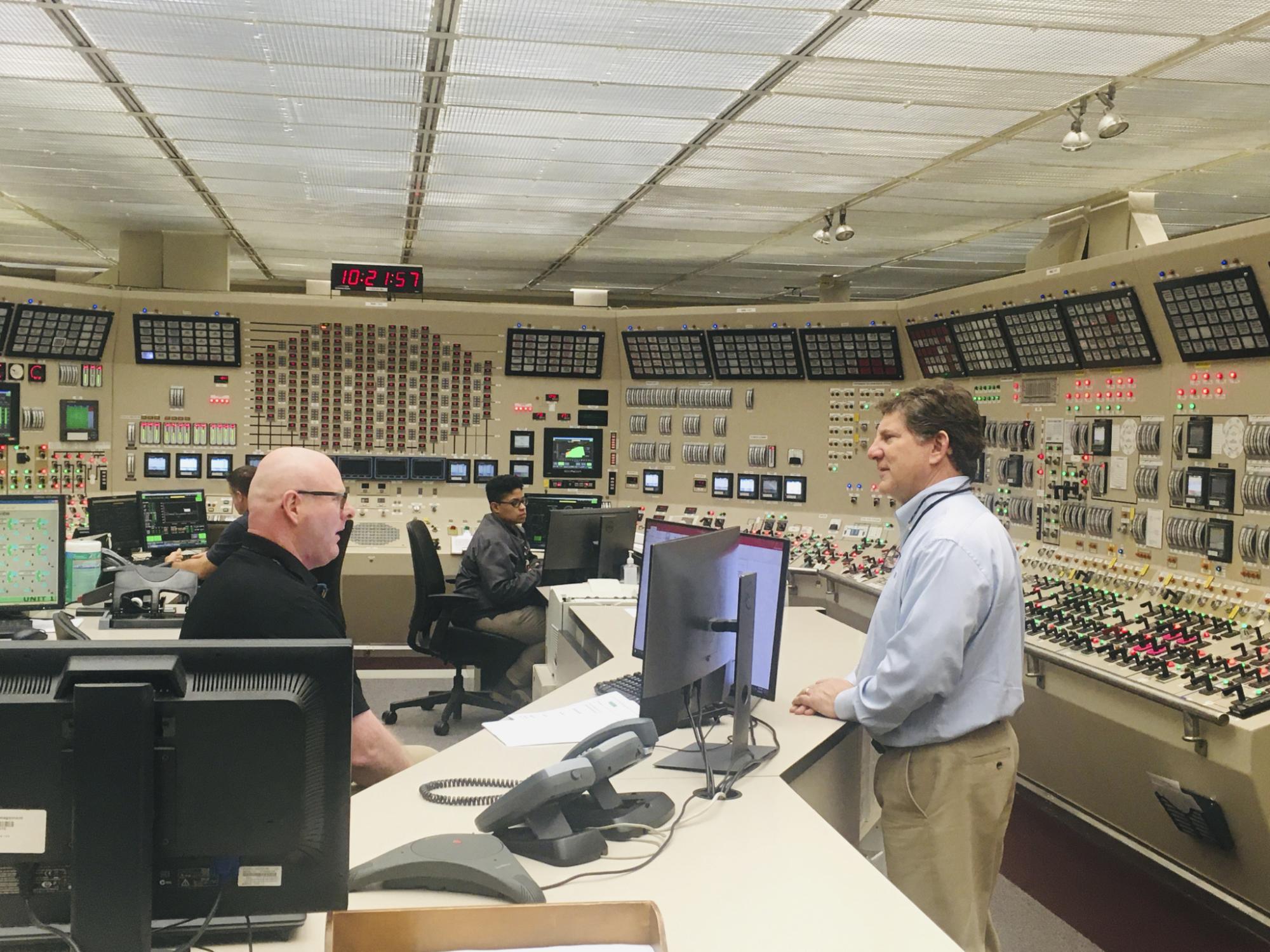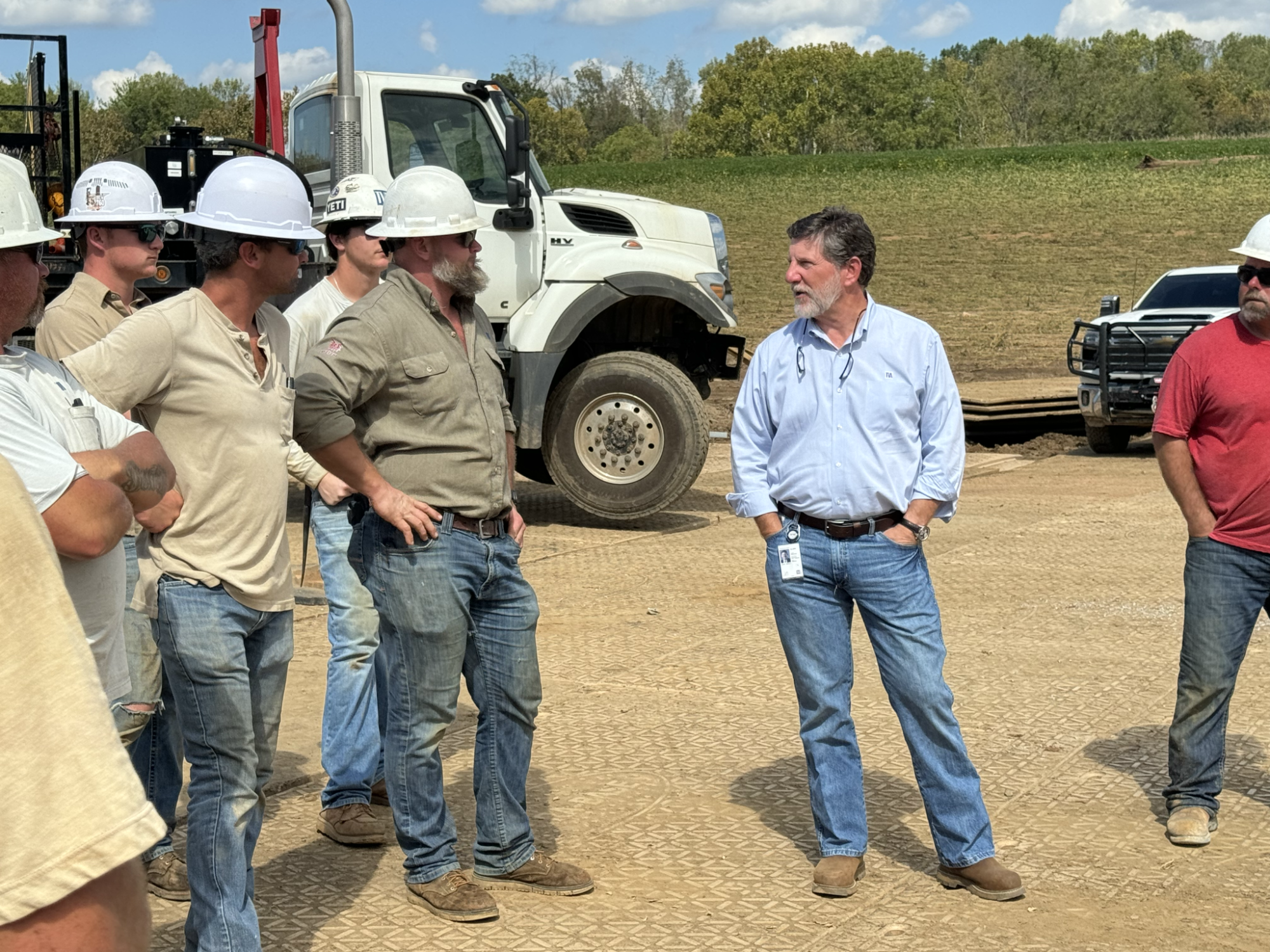TVA's Jeff Lyash discusses Integrated Resource plan, future of power

The Tennessee Valley Authority is the nation’s largest public power provider, generating and distributing power to 153 local power companies across seven-states in the Tennessee Valley region while supporting economic development efforts as well as environmental stewardship.

TVA President and CEO Jeff Lyash shares his thoughts on TVA’s draft Integrated Resource Plan – what it is, what’s in it, and why it matters to the region.
TT&C:Tell me a little about the Integrated Resource Plan and why it’s important.
Jeff Lyash: The Integrated Resource Plan, or IRP, is a comprehensive study that evaluates the region’s future power needs, resources TVA could use to meet those needs, and the potential cost, environmental and operating impacts of these options. We like to say the IRP is like a compass, providing strategic direction for how TVA can continue to provide affordable, reliable, resilient and increasingly cleaner power for future generations.
The IRP study includes an environmental review called an Environmental Impact Statement (EIS), which evaluates the potential environmental impacts associated with the IRP.
TT&C:Why is TVA doing the IRP now?
JL: The last IRP was completed in 2019. Since then, we’ve monitored key planning signposts – or market signals – and those have indicated it’s time for a new evaluation and IRP. We started the process in 2023 with a scoping period.
TT&C: What are some of those signposts or signals?
JL: The region is growing at three times the national average – with more people moving in as well as more industry coming to the region. Energy demand is increasing; policies and regulations are changing; industrial companies are electrifying their operations; and new, cleaner technologies are emerging.
Taken together, these signposts suggested that it was time to refresh our planning foundation, the IRP, to ensure we have a comprehensive backdrop to support future decisions-making.

TT&C: What are some of the findings in the draft IRP?
JL: The IRP analyzes 30 different portfolios, based on different combinations of scenarios we could find ourselves operating in and then the strategies we could use in those scenarios.
At a high level, the draft IRP results indicate that, depending on how the future unfolds, we’ll need to add between 9 and 26 gigawatts of new capacity to meet the region’s energy demand between now and 2035.
New generation is needed in any scenario to cover the growth in demand we’re seeing, but also to account for planned asset retirements. And much of that new generation needs to be dispatchable, which means we can turn it on and off as needed based on the demand at any given time.
We also see adding more solar. The IRP also addresses emerging technology, like new nuclear, and our work in that space positions us well to incorporate that technology as it becomes more available.
In all cases, a balanced portfolio, or one that uses a mix of different generation types, is most valuable because it allows each type to perform at its best so the system works together to ensure we’re providing affordable, reliable, resilient and increasingly cleaner energy for the Valley region.
TT&C: You mention 2035, but doesn’t this IRP look out to 2050?
JL: That’s right. The draft IRP analyzes potential ways the resource portfolio might evolve between now and 2050 and provides more specific insight to inform our strategic portfolio decisions between now and 2035. We refer to the IRP as being like a compass because it gives us a direction, but it only points at the horizon. A lot of research goes into learning what needs and obstacles exist between us and reaching that horizon. Public input is one of the things that helps us learn. So while we are planning out to 2035, this work helps us see much further.
TT&C: Does the IRP address energy efficiency or demand response programs?
JL: Yes, the IRP does account for both of those. Energy efficiency helps reduce energy needs, particularly between now and 2035, and we expect demand response programs will grow with the system and the use of smart technologies to help reduce energy peaks. We look forward to working with our customers and local power companies in this area.

TT&C: How will the recommendations in the IRP be used by TVA?
JL: The final IRP, which will be published later this spring, will help TVA make decisions around asset strategy and long-term financial planning. It gives parameters for us to consider as we evaluate how to best maintain and expand our system so we can continue to reliably and affordably provide power to the region.
TT&C: Why does the IRP continue down the path of adding natural gas when TVA has publicly discussed aspiring to reduce its carbon footprint?
JL: The IRP reflects the need for firm, dispatchable generation, and natural gas fits that bill. It’s a cleaner, more affordable option that also is flexible enough to accommodate additional renewables on the system. So we can turn it on and off when needed, either when demand is high or when renewables are not generating electricity.
TT&C: How has the public/stakeholders been engaged in the IRP process?
JL: Public engagement is a vital part of the IRP process. The general public has had the opportunity to participate at every step – from the scoping period to the publication of the draft.
We’ve held several virtual webinars and stakeholder meetings to gather feedback as the draft was being developed and we held 10 in-person Open House meetings once it was published. We received over 2,500 comments that will also inform the final IRP, which again, we’ll publish later this spring.
Throughout the process, we’ve also worked closely with the IRP Working Group, a key group of stakeholders that includes representatives from our customers, local governments and communities, and government and non-governmental agencies.
The Regional Energy Resource Council (RERC), a federal advisory committee that provides formal advice to the TVA Board of Directors, also is engaged in the process. These groups have been extremely beneficial in developing the draft IRP.

TT&C: How might the recommendations in the IRP impact rates?
JL: The IRP evaluates cost across a few different metrics, like total system cost or the cost of a particular portfolio, but it does not project rate actions or prescribe rate design.
TT&C: Does the IRP give local communities a “heads up” on any projects or sites that may be coming in the next decade?
JL: The IRP does not get into site-specific evaluations or considerations. That said, TVA will engage communities once we determine the need to evaluate a resource in a specific area.
TT&C: What are the next steps?
JL: TVA is evaluating public comments on the draft and conducting further analysis to appropriately incorporate the feedback. We plan to release the final IRP and Environmental Impact Statement (EIS) this spring, and public comments will be addressed in the final EIS. Then, we’ll present the final documents to the TVA Board for its consideration.
TT&C: What’s your final word on the IRP?
JL: Resource planning is a vital activity for all utilities, and TVA is no exception especially given the growth in this region. The difference between TVA and other utilities, though, is that we have stakeholders, not shareholders.
Our mission – our mandate, really – is to make life better for the people of the Tennessee Valley, and providing reliable, affordable, resilient and increasingly cleaner energy is a key piece of that mission. The IRP gives us the best opportunity to plan for and execute on that mission for decades to come.

